A Romantic’s Guide to the French Riviera
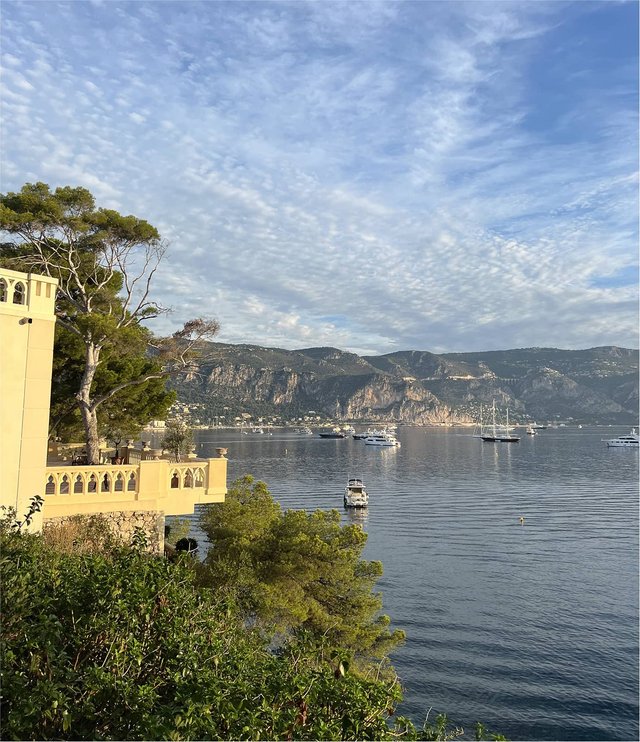
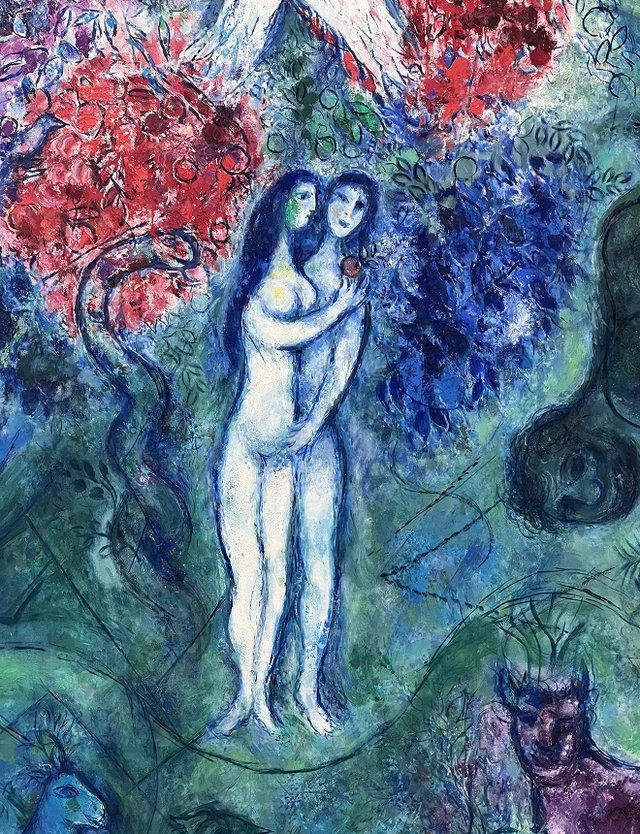
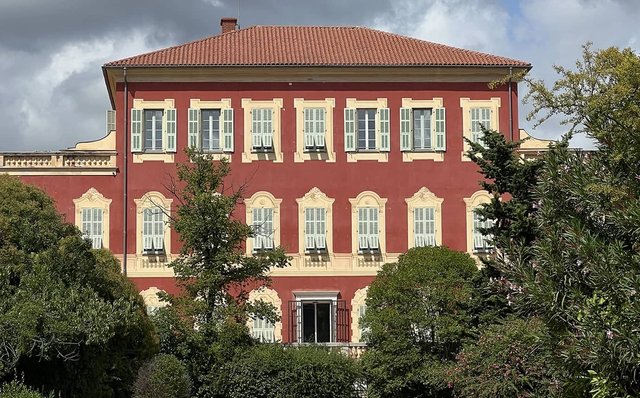
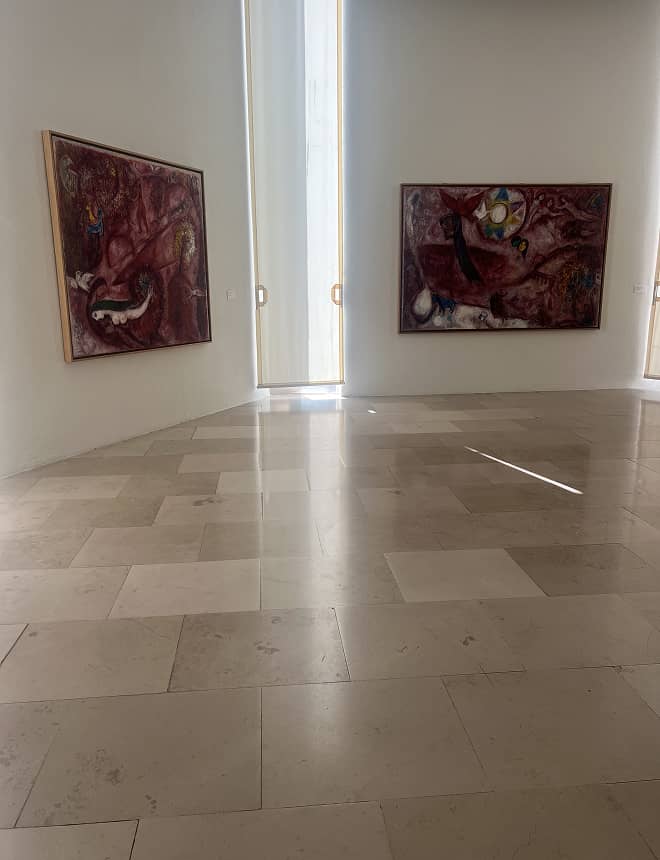.jpg?w=320&h=417&q=85&auto=format&dpr=2)
Arrival in Nice
Most journeys begin at the Côte d'Azur Airport in Nice. Its unique light — once studied obsessively by impressionist and post-impressionist painters — still has a way of softening edges, of coaxing colour into radiance. Pause here before drifting further along the coast: the Museum of Fine Arts, the Matisse Museum, and the Marc Chagall National Museum offer entry points into the region’s enduring romance with art. Before taking the ultimate plunge into the Riviera, stop by Le Plongeoir – an iconic restaurant set out on a rock in the sea, serving cocktails and teas, in some form or another, since the Belle Époque.

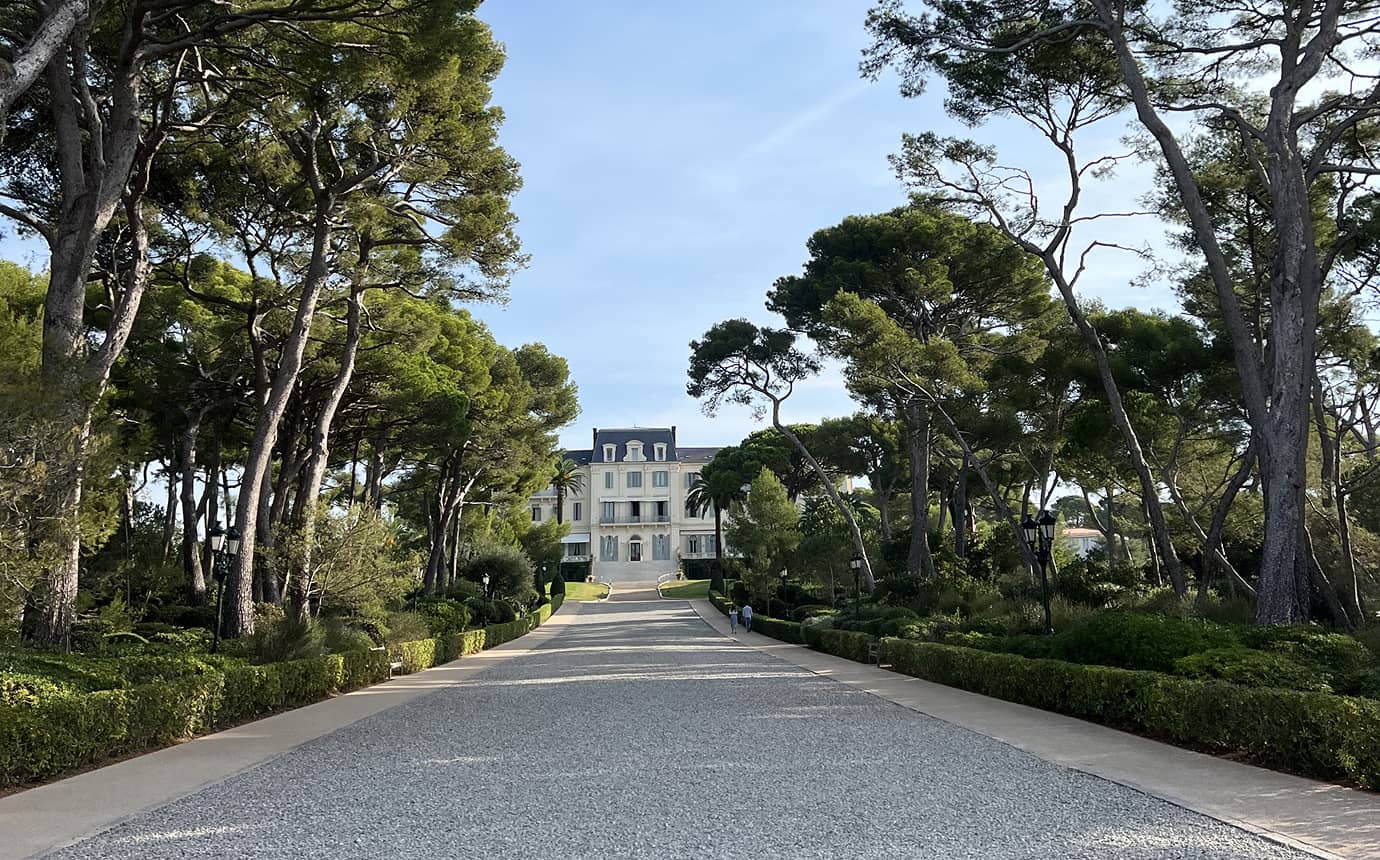.jpg?rect=0,1,1380,858&w=320&h=199&q=85&auto=format&dpr=2)
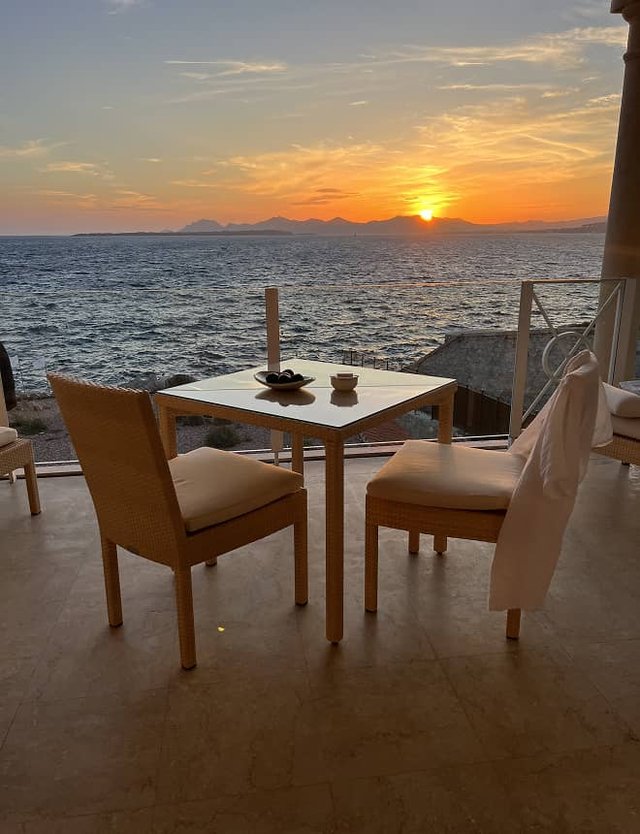
Cap d’Antibes
If you follow the coast to the west, through the artists’ path of the Renoir Museum, Picasso Museum, and Fernand Léger National Museum (there really is great light here…), you will reach the Cap d’Antibes. Many of the estates are hidden behind high walls, and I find it as hard as F. Scott Fitzgerald to write about the area without falling into romantic clichés of blue-eyed seas. Fortunately, the Hotel du Cap-Eden-Roc, which has stood since the 1870s, is perfectly positioned to reveal all that is good and glamorous here. Originally conceived as an artists’ retreat for those who featured in the original owner’s newspaper, Le Figaro, it soon attracted A-listers. The hotel has only had two owners, and its consistency and authenticity have ensured many celebrities are still spotted diving from the cliff-side pool into the sea today. Some, including most recently Sofia Richie, have even been married here.
Guests wander between villas, manor house rooms, and ocean-edge suites beneath canopies of trees worthy of a bridal procession. When we stayed, we visited the Dior Spa and clay tennis court, before settling into one of the hotel’s famed cabanas around the rocks – where it is said Chagall sketched and Monica Bellucci lounged through the night. One evening, after dinner overlooking the water, we were invited to ride in a Rolls-Royce to Hôtel Belles Rives — once the home of Zelda and F. Scott Fitzgerald, and immortalised in Tender Is the Night. We declined, choosing one last swim instead. I sometimes wonder if that refusal cost me the first chapter of a novel.
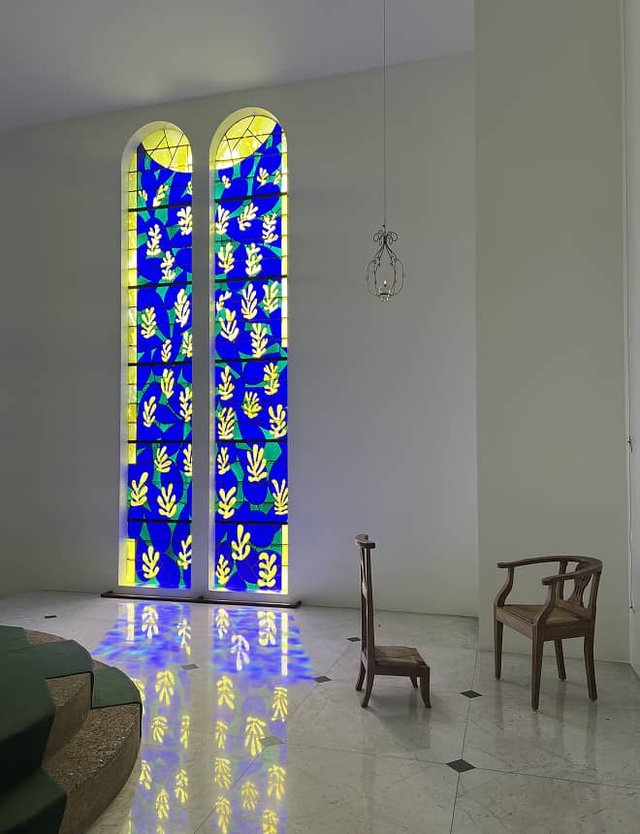
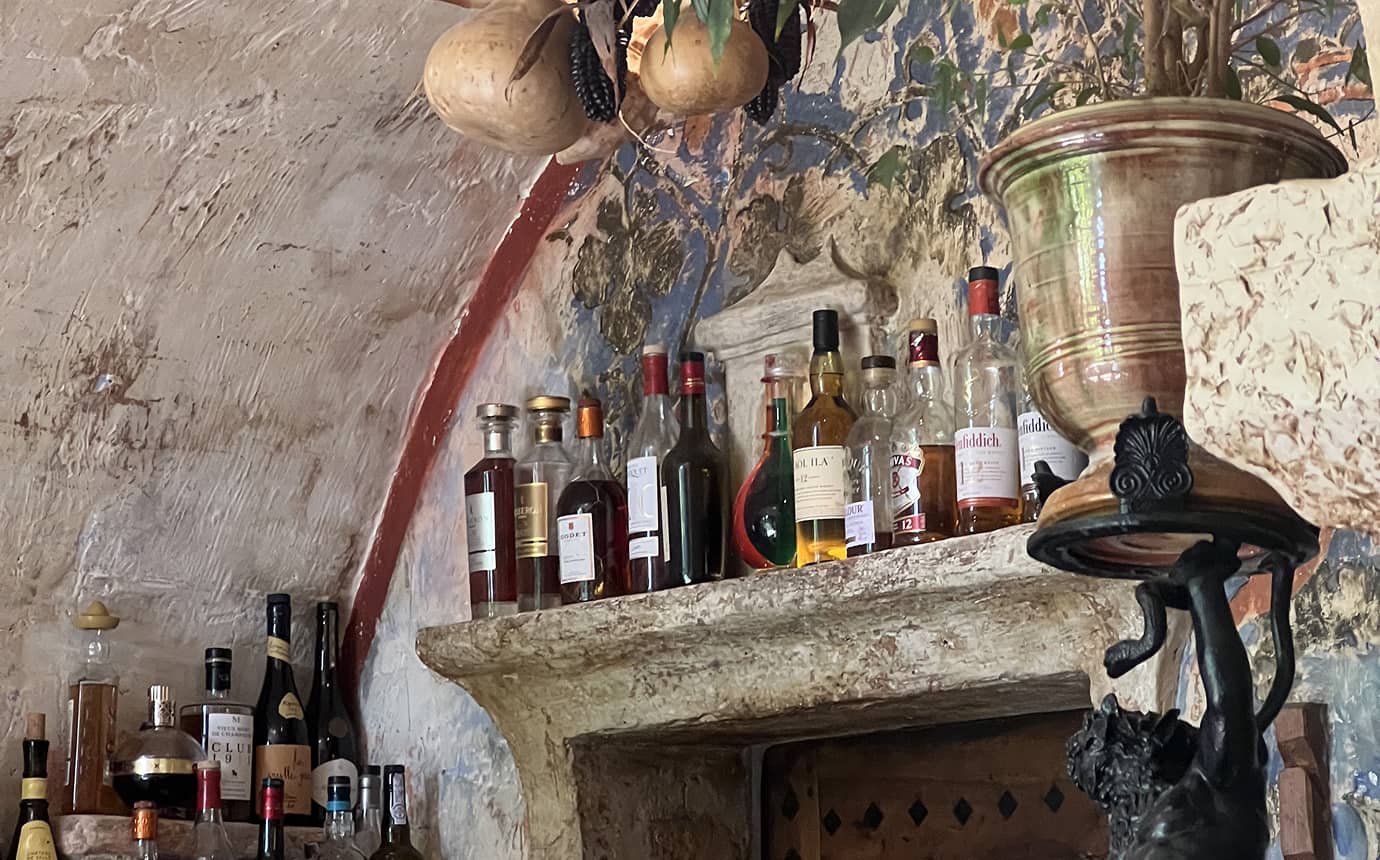.jpg?rect=0,1,1380,858&w=320&h=199&q=85&auto=format&dpr=2)
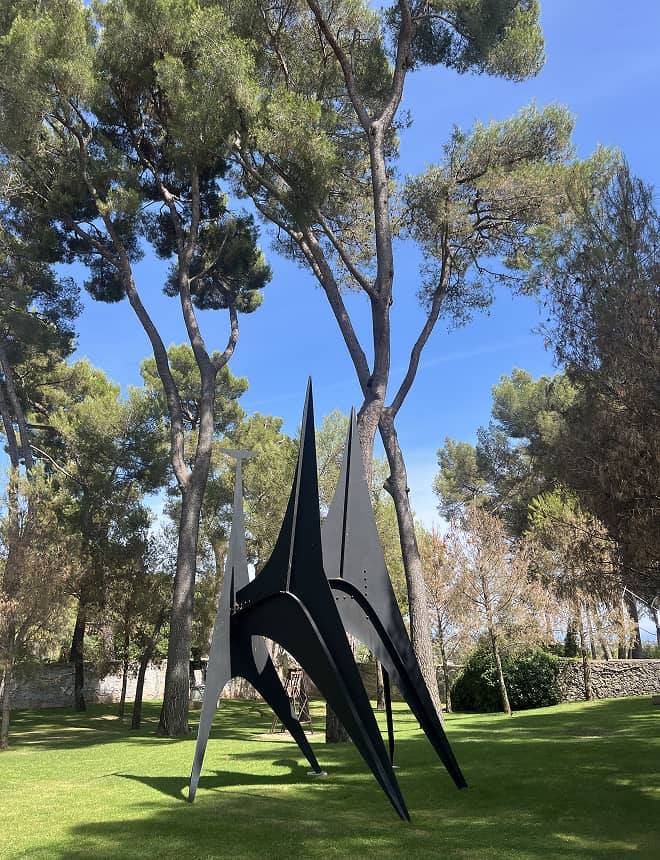.jpg?w=320&h=417&q=85&auto=format&dpr=2)
Saint-Paul-de-Vence
For romance of a quieter kind, head inland. Saint-Paul-de-Vence, with its surviving medieval ramparts and cobblestoned streets (paved, it is said, with stones from the beaches of Cagnes-sur-Mer and Villeneuve-Loubet), offers an intimacy that the coast simply cannot. Its chapels — Folon’s mosaics at the Chapelle des Pénitents Blancs, the radiant Rosary Chapel designed by Matisse — would make perfect backdrops for elopements or smaller wedding celebrations. Opposite the town’s boules pitch, La Colombe d'Or is a vine-covered hotel with an art collection that reflects its many esteemed guests, including Joan Miró, as well as sought-after tables on its shaded terrace. For a table with a view, Alain Llorca’s hilltop restaurant transforms Mediterranean flavours into a near-spiritual experience.
Nearby, those with wedding venues on their mind can visit the Matisse Chapel, also known as the Rosary Chapel (after its striking stained-glass windows by the artist). Moments away lies the Catholic Cathedral of Our Lady of the Nativity at Vence, with a much less frequented mosaic altar by Chagall.
However, the most spiritual art experience you may have is at the Fondation Maeght. It was established by the visionary couple Aimé and Marguerite Maeght, who were publishers and dealers representing some of the most important artists of the 20th century, including Georges Braque, Miró and Alberto Giacometti, as well as the usual suspects from around the Riviera. Much more than a museum, Fondation Maeght was designed by the celebrated architect Josep Lluís Sert, and its sculpture garden offers a breathtaking tree-lined view out to the sea.
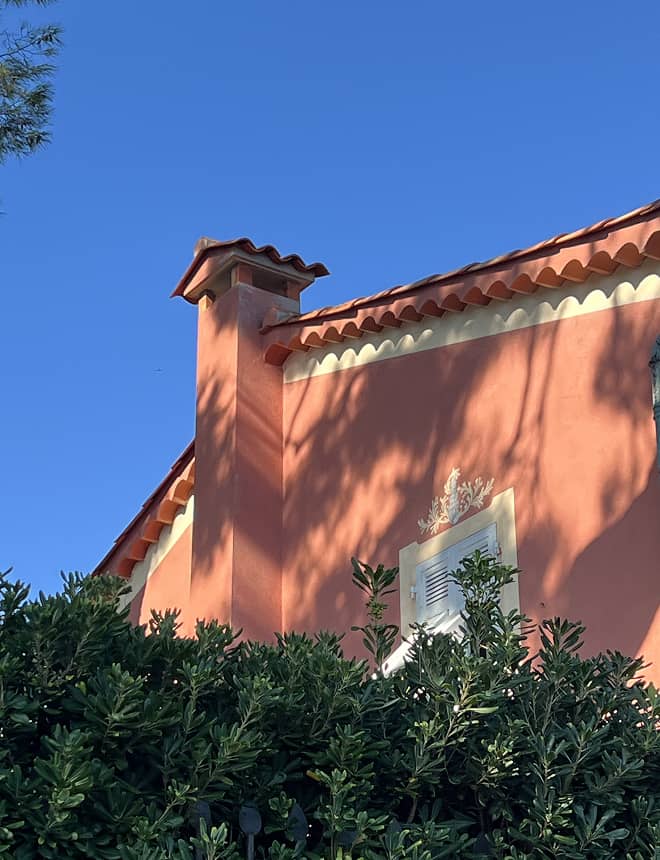.jpg?w=320&h=417&q=85&auto=format&dpr=2)
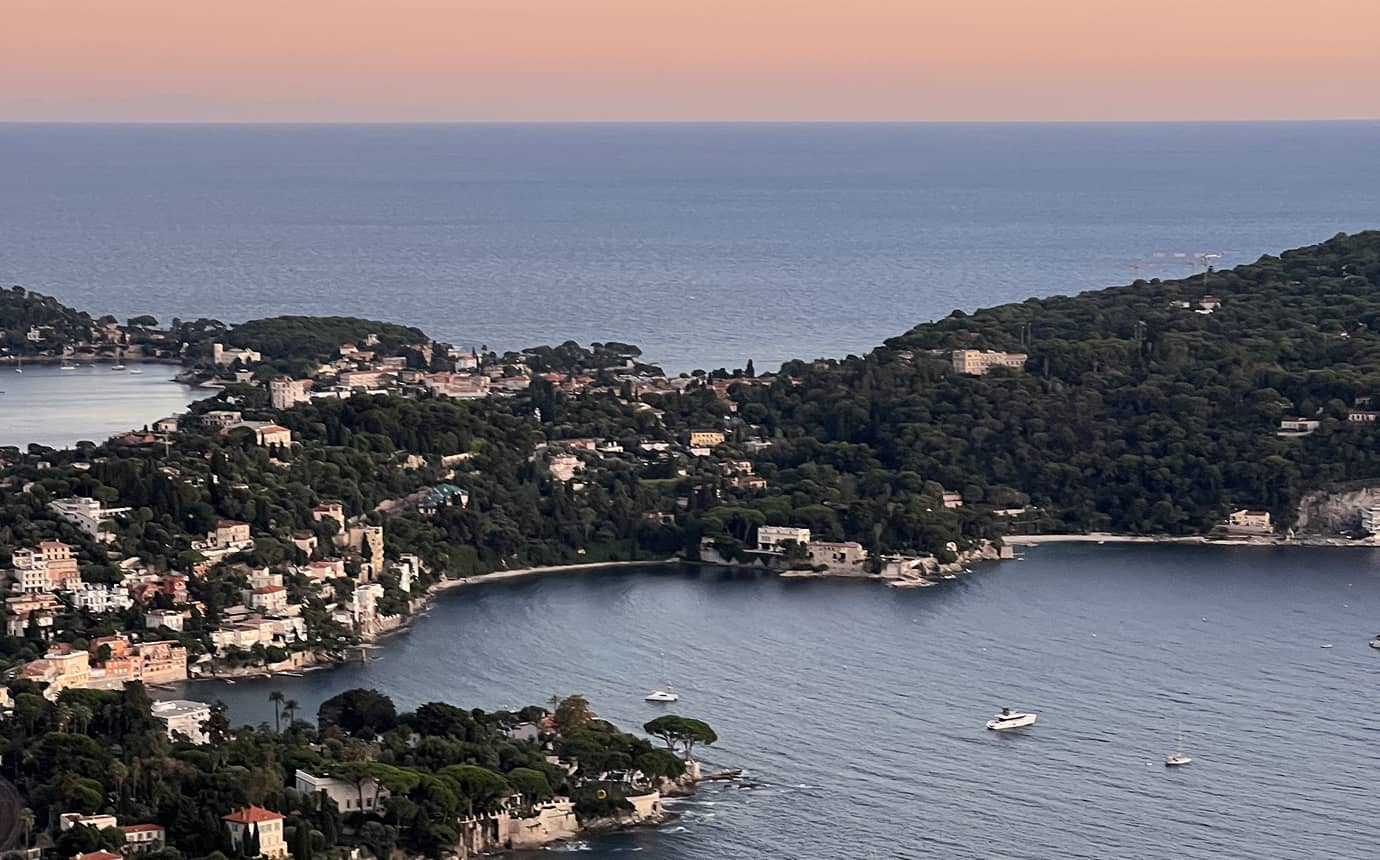.jpg?rect=0,1,1380,858&w=320&h=199&q=85&auto=format&dpr=2)
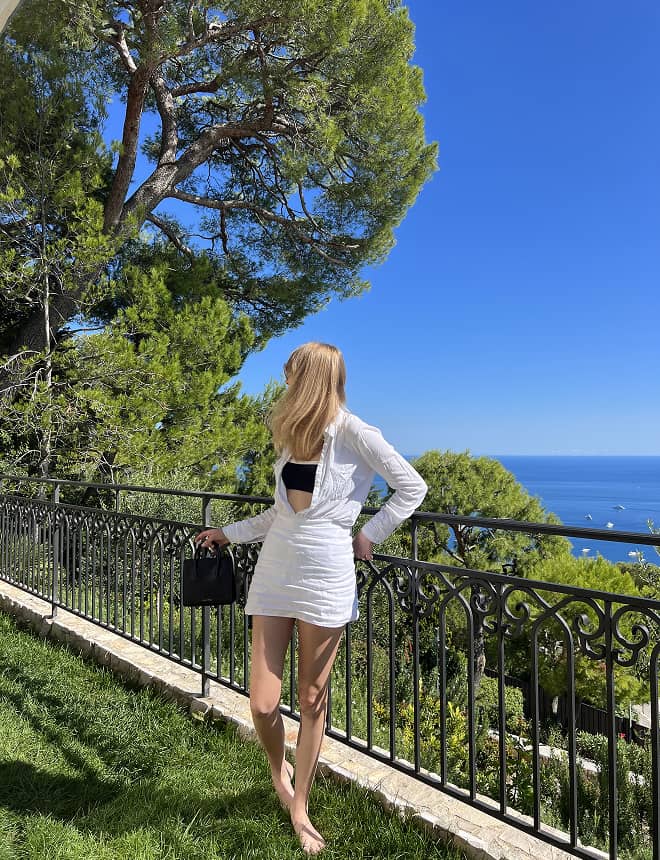.jpg?w=320&h=417&q=85&auto=format&dpr=2)
Saint-Jean-Cap-Ferrat
On Saint-Jean-Cap-Ferrat, luxury takes root in history. Villa Ephrussi de Rothschild, with its pink façades and singing fountains, can be explored by day or privately hired for weddings at night. But it is not the only pink palace on the peninsula. La Fleur du Cap (although now named Place David Niven after the Pink Panther actor who called it home in the 80s) still gazes out across the water, whispering of cinematic days past. This home also played host to Leopold III, the King of Belgium, one year before he abdicated to adopt a quieter life, and Charlie Chaplin, who spent some of his happiest family holidays here. Along the promenade in Beaulieu-sur-Mer, both the Hotel Royal-Riviera and La Réserve de Beaulieu are pink grand dame hotels that offer seaside dining and serene swimming pools, while the soon-to-open Nordelaia Sur Mer promises a quieter, more contemporary retreat.
Further along, the Grand-Hôtel du Cap-Ferrat by Four Seasons endures as a century-old icon, rumoured to be in the mix as a setting for The White Lotus’ next season. That said, for those in the know, Villa Santo Sospir has reopened as a discreet rental, its walls still tattooed with Jean Cocteau’s enigmatic drawings, encouraged decades ago by neighbours Matisse and Picasso. Formerly owned by Francine Weisweiller, a patron of Yves Saint Laurent, who invited Jean Cocteau to stay each summer, the villa retains a fashionable legacy. The new owners are careful not to over-expose the property, but glimpses of its meticulous renovation can be seen in Loro Piana's Autumn/Winter 2025-2026 campaign. At the village fountain of Saint-Jean, Cocteau left another mosaic sun — inscribed with the words: “There is a mysterious youth in the old stones of Saint-Jean.”
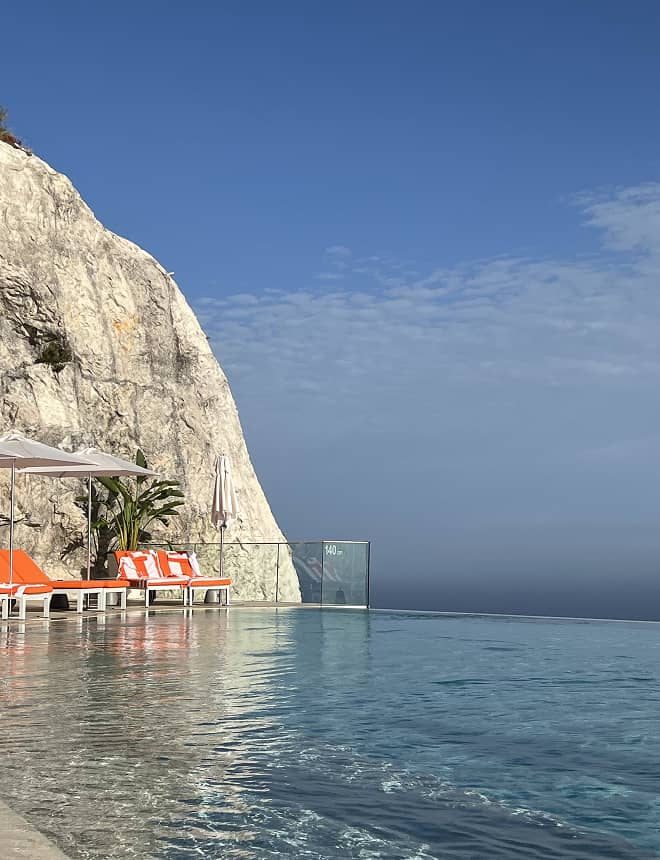.jpg?w=320&h=417&q=85&auto=format&dpr=2)
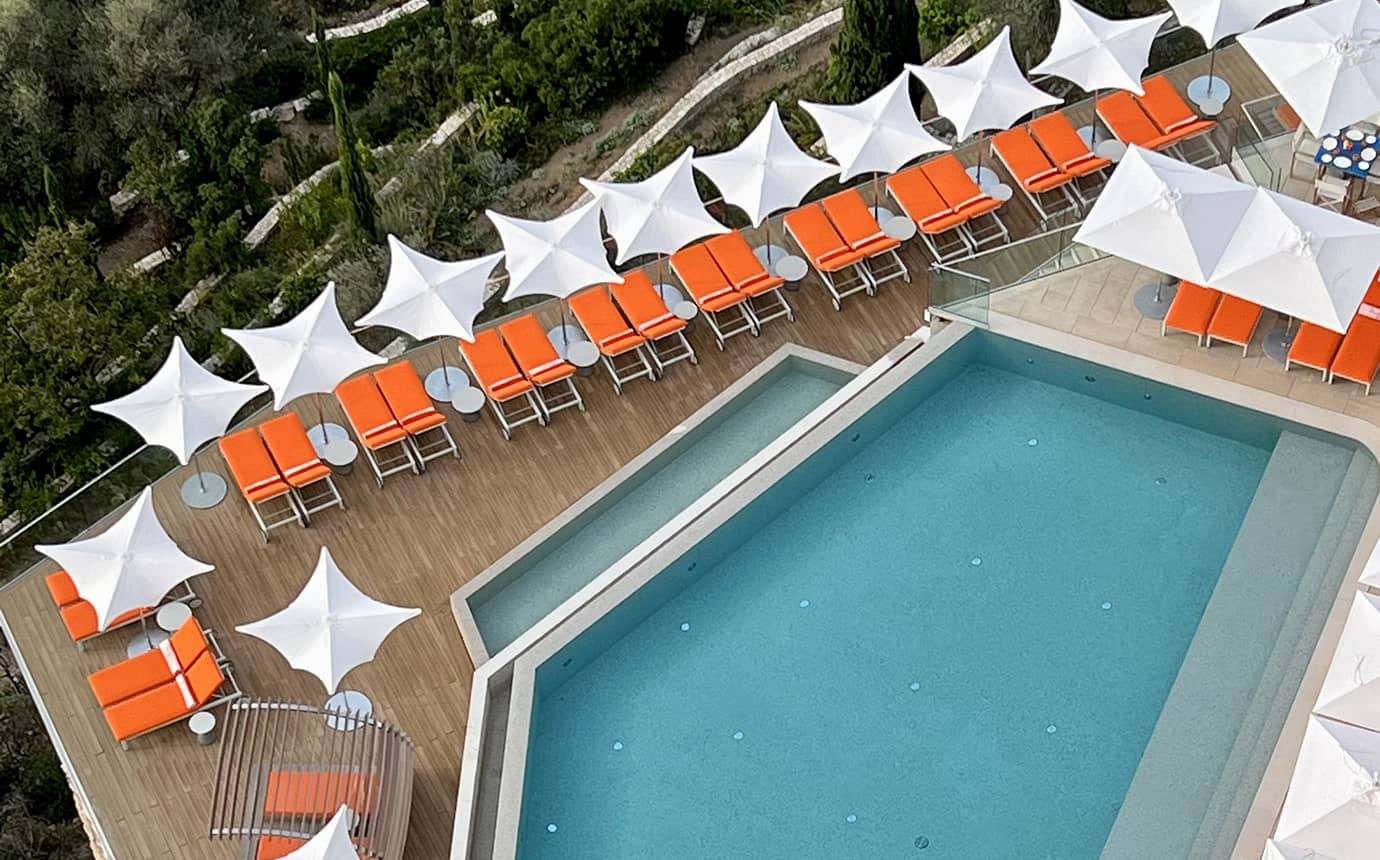.jpg?rect=0,1,1380,858&w=320&h=199&q=85&auto=format&dpr=2)
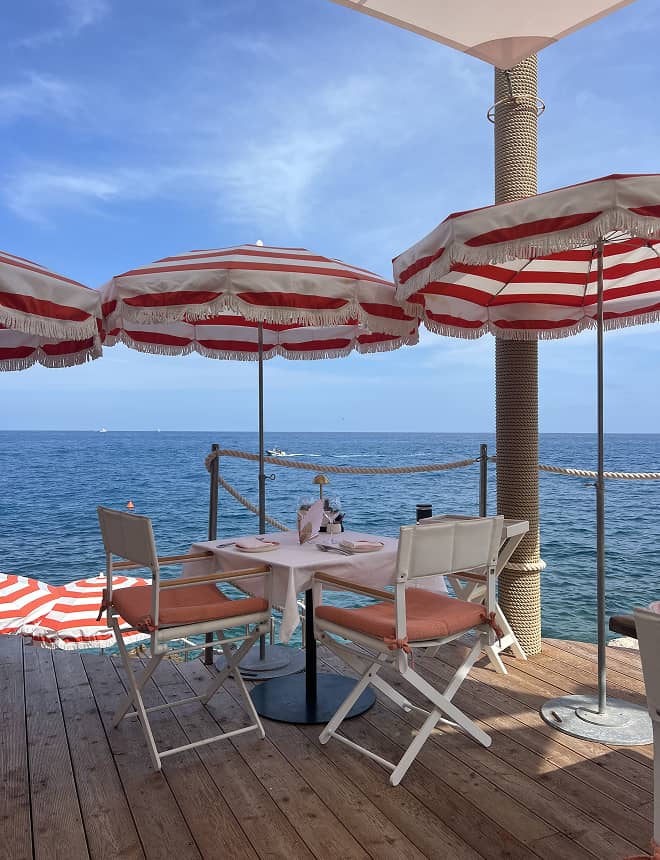.jpg?w=320&h=417&q=85&auto=format&dpr=2)
Roquebrune-Cap-Marti
Follow the winding roads Grace Kelly once drove in To Catch a Thief and you will find Èze, home to Fragonard Parfumeur, best explored in the off-season or before the crowds on a morning walk. Further along is Roquebrune-Cap-Martin, a charming coastal village with boutique beach clubs such as La Mome. It is here that Gabrielle ‘Coco’ Chanel had her holiday home, La Pausa, inviting Picasso and Dalí to fill its rooms with creative fervour. Recently, Chanel has re-opened this private villa, where friends of the brand meet for special events, including the recording of a recent series of podcasts, Chanel Connects. Nearby, The Maybourne Riviera, a striking hotel designed by French architect Jean-Michel Wilmotte, perches like a sculpture above the sea. From its floating pool deck, the horizon extends from Monaco to Menton, and you can also catch a glimpse of the former holiday home of Chanel’s late designer, Karl Lagerfeld, Villa La Vigie (The Lookout), which is now available as a luxury rental on the Cape of Monaco Beach. When the clouds lifted during our stay, our glass-walled balcony framed a view so infinite it felt like forever.
The French Riviera is both myth and reality — a place of cinematic glamour, artistic intrigue and untold romance, a place where heritage and reinvention collide. Whether lounging in a cliff-side cabana, admiring a medieval chapel, or even choosing this as your destination wedding, here you are reminded that love has always been the truest currency.
Related stories
- People
- Style,
- Planning,
- People
- Weddings
- Weddings

Field notes: Our Writer on Discovering Love in the Everyday
In the spirit of experimentation, writer Katie Muirhead hypothesized that love, true love, is most often found in the everyday. And in the quiet moments and simple rituals, she discovered something lasting.

7 Fashion-Forward Brides Share Their Best Wedding Advice Ever
Some of the coolest brides we know share their modern visions for a picture-perfect wedding day – from planning tips to what they’d do differently. Take note.
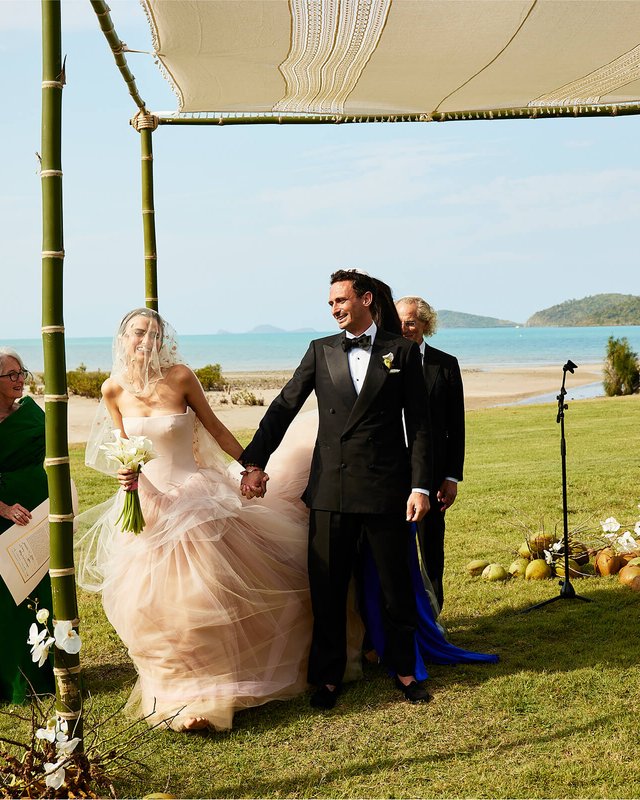
Paradise Found
Barefoot by the beach, the bride wearing Vera Wang — this fun, irreverent Whitsundays wedding was a masterclass in relaxed glamour.

All I Need Is You
From a family introduction to a Roman proposal, this couple's love story culminated in a wedding set against New York’s iconic skyline.






